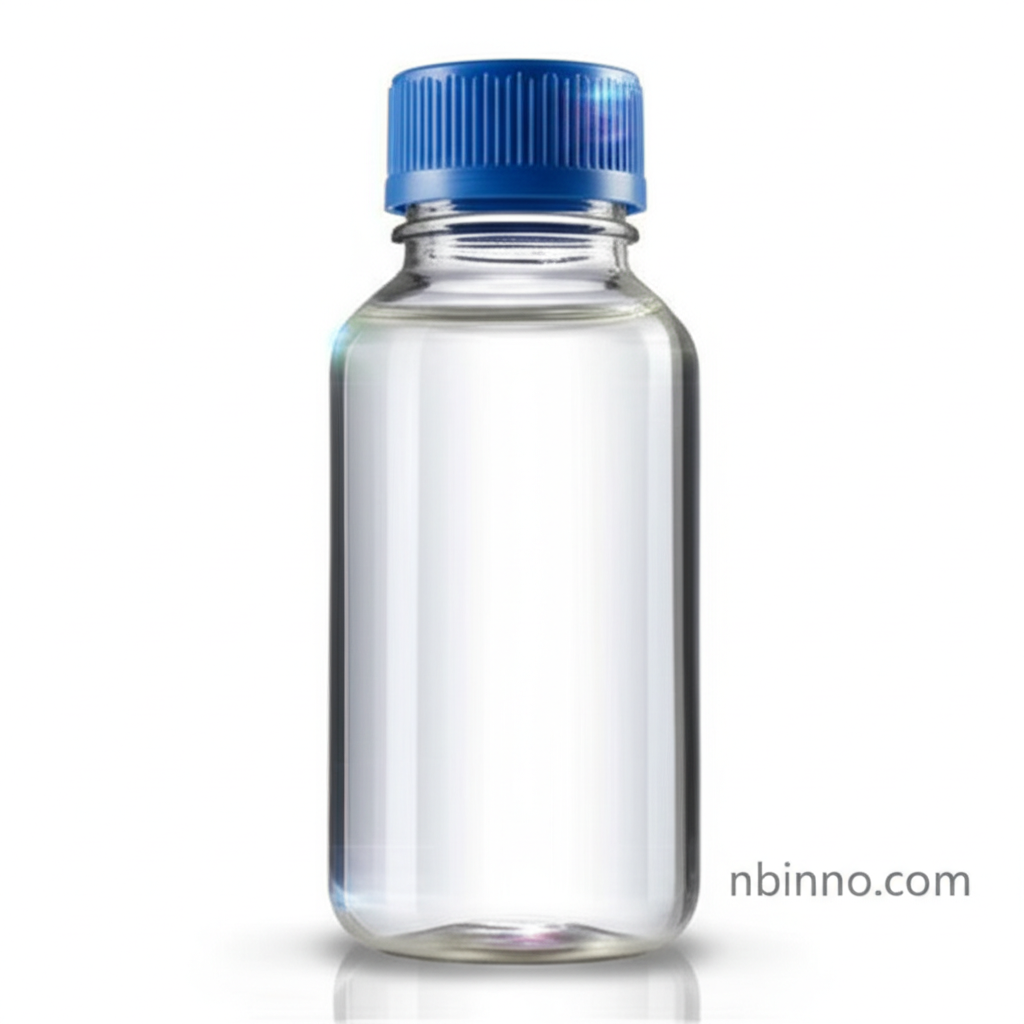Vinyltrimethoxysilane (VTMO): Your Premier Silane Coupling Agent for Enhanced Material Performance
Discover the versatility of Vinyltrimethoxysilane (VTMO), a critical silane coupling agent that bridges inorganic and organic materials. As a leading supplier, we offer high-purity VTMO to elevate your product's adhesion, durability, and overall performance.
Get a Quote & SampleUnlock Superior Material Properties with VTMO

High-Performance Vinyltrimethoxysilane
As a trusted manufacturer and supplier, we provide Vinyltrimethoxysilane (VTMO), a vital organosilane coupling agent that enhances the performance of a wide array of materials. Its unique chemical structure allows for robust bonding between dissimilar substances, making it an essential component for advanced formulations.
- Silane Coupling Agent for Polymer Modification: Utilize VTMO to significantly improve the adhesion and compatibility of fillers with polymers, a key benefit when seeking reliable polymer modification solutions.
- Enhanced Adhesion and Durability: Our Vinyltrimethoxysilane acts as a crucial adhesion promoter, ensuring stronger bonds in adhesives, sealants, and coatings, directly impacting product longevity.
- Crosslinking Agent for Polyethylene: VTMO is instrumental in the production of silane crosslinked polyethylene (PE-X) for cables and pipes, offering superior heat resistance and mechanical strength for demanding applications.
- Versatile Applications from a Reliable Supplier: Source your VTMO from a dependable manufacturer in China, ensuring consistent quality for applications ranging from composites to specialty coatings.
Key Advantages of Using Vinyltrimethoxysilane
Dual Functionality as Coupling and Crosslinking Agent
Vinyltrimethoxysilane (VTMO) serves a dual purpose, acting as both a coupling agent to improve interfacial adhesion and a crosslinking agent, particularly in polyethylene-based systems. This makes it a cost-effective solution for manufacturers aiming for multi-functional benefits.
Improved Material Properties
By employing VTMO, you can achieve enhanced mechanical strength, better heat resistance, superior chemical resistance, and improved electrical properties in your composite materials, adhesives, and coatings. This directly addresses the needs of R&D scientists and product formulators.
Facilitates Seamless Integration
As a leading silane coupling agent supplier, we ensure our Vinyltrimethoxysilane is easily incorporated into your existing formulations, simplifying the manufacturing process and offering a competitive edge in the market. Discover why purchasing from a reputable manufacturer is crucial.
Diverse Applications of Vinyltrimethoxysilane
Polymer Synthesis and Modification
VTMO is used to modify polymers like polyethylene and polypropylene, enhancing their properties. When you buy VTMO, you're investing in better polymer performance for your products.
Adhesives and Sealants
It functions as a moisture scavenger in sealants and improves the adhesion of adhesives, making it a vital raw material for these formulations.
Coatings and Inks
VTMO enhances the durability, adhesion, and weather resistance of coatings and inks, providing a competitive advantage for manufacturers.
Rubber and Composites
As a coupling agent, it significantly improves the interaction between fillers (like silica) and rubber or plastic matrices in composite materials, leading to superior mechanical properties.
